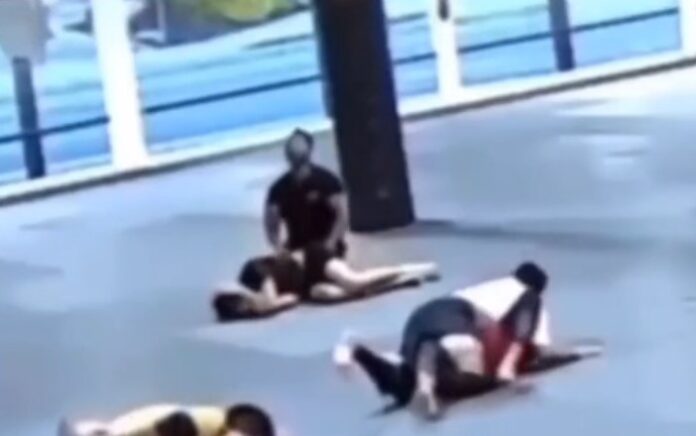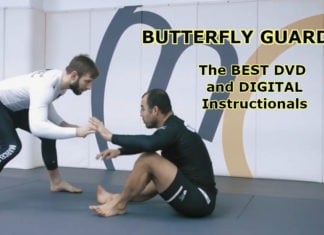
Recently, a video surfaced online that has been sparking a heated debate within the Brazilian Jiu-Jitsu (BJJ) community. The video involves an incident where a visiting 250-pound purple belt executes a hefty slam on a 140-pound juvenile blue belt during a sparring session. While the technique may be a legal move in some BJJ competitions, the context and circumstances surrounding this event have raised questions about etiquette, respect, and safety in martial art.
If you were the blue belt’s teammate or coach, how would you respond to such a situation? This incident serves as an opportunity to educate and guide practitioners about the responsibilities and decorum of BJJ training. Here’s what you can do:
If You Are the Teammate
- Check the Well-being of the Teammate: BJJ is a combat sport, and while it can get physical, it’s paramount to ensure the safety of all practitioners. If you witness such an event, the first thing you should do is to check on your teammate’s health and well-being.
- Foster a Supportive Environment: It’s essential to reinforce positivity within your team. This incident might have shaken the blue belt’s confidence. Encourage him, assuring him that the incident was unusual and not representative of the BJJ culture.
- Talk to Your Coach or Higher Belts: Report the incident to your coach or a senior member. They can provide guidance, help address the situation, and ensure such incidents do not occur in the future.
If You Are the Coach
- Ensure the Safety of Your Students: As a coach, your students’ safety should be your utmost priority. Immediately following the incident, check on the blue belt. If needed, seek medical attention.
- Have a Conversation with the Visiting Belt: Initiate a discussion with the visiting purple belt. It’s possible they were not aware of your gym’s rules or culture. This conversation should aim to remind them about safety, respect, and the appropriate use of force when sparring with lighter, less experienced practitioners.
- Re-evaluate Your Gym’s Safety Procedures: This incident should prompt a review of your gym’s policies and safety procedures. For instance, consider introducing rules about size and experience mismatches during sparring, or reemphasize existing policies to your students and visitors.
- Use the Incident as a Teaching Moment: Use this as an opportunity to educate all students about BJJ etiquette. Remind them that the goal of training is to learn and improve, not to dominate or hurt their partners. Teach them to adapt their strength and technique to their sparring partner’s size and skill level.
Ultimately, BJJ is a martial art where respect, discipline, and the spirit of learning should guide every action. While competition and intense training are parts of the BJJ journey, they should never compromise the safety and welfare of any practitioner, irrespective of their level or physical stature.
This incident is an unfortunate one, but it should also serve as a critical reminder of the values that underpin BJJ. Coaches and practitioners alike should take this as a lesson to further foster an environment of respect, care, and constant learning, maintaining the integrity of this wonderful martial art.
What would you do if you’re a teammate of the young blue belt or if you’re his coach?








































